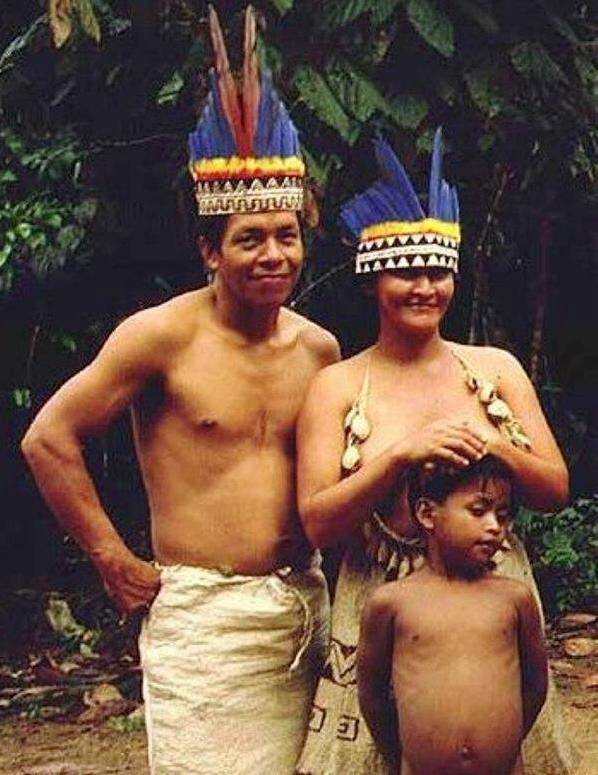
Figure 1.--This photo shows a Bora family in the Peruvian Amazonian rain forest. |

|
The Bora inhabit the upper Amazonian basin, between the Putumayo and Napo rivers--two important Amazonin tributaries. Little is known about their history intil the 20th century. They are one of the more familiar of the Amazonian tribes. This is in part because the Boa live close to San Andrés, a village near Iquitos. Iquitos in northwestrn Peru is the gateway to the upper Amazon, visited by adventure seeking tourists. And one of the attractions is the Bora who live on the Nanay River, an Amazonian tributary. The Bora language is related to Huitoto (Witoto). The Bora the tourists see, however, have been increasingly assisilated into Latin American culture. The tourists are treated to a dance thast has noting to do with the Bora, but tourists expect to see Native Americans dancing. The traditional Bora dancing is done with large wooden batons often with shells attached which they pound in unison as they dance. There ae also drums. Men and women have their own destibctive drums. Real dances can go on all night. About 3,000 Bora have survived to the modern age. The early-20th century rubber boom had a major impact on the Bora who were enslaved by the Peruvian rubber barrons. Most live in Peru and a smaller number to the north in Colombia. The further from Iquitos, the less affected they are by Peruvian and Colonian culture. The exception here is the Bora villasges in Brazil, the people there now speak Portuguese and have been largely assimilted. The Bora are organized into clans which have acquired mosrly animal names. Like many Amazonian tribes, they commonly paint their faces eith clsn motifs. They use the huito plant (Genipa americana). They have to marry outside the clan. Before modern times the Bora made cloth from bark for their clothing. They use thee bark of palm trees which they pound to make the cloth.
Hardenburg, W.E. The Devil's Paradise (1912).
Navigate the Historic Boys' Clothing Web Site:
[Return to the Main Amazonian tribe page]
[Return to the Main South American Amazonian Native American page]
[Return to the Main South American Native American page]
[Return to the Main Native American page]
[Introduction]
[Activities]
[Biographies]
[Chronology]
[Clothing styles]
[Countries]
[Bibliographies]
[Contributions]
[Essays]
[FAQs]
[Glossaries]
[Images]
[Links]
[Registration]
[Tools]
[Boys' Clothing Home]
